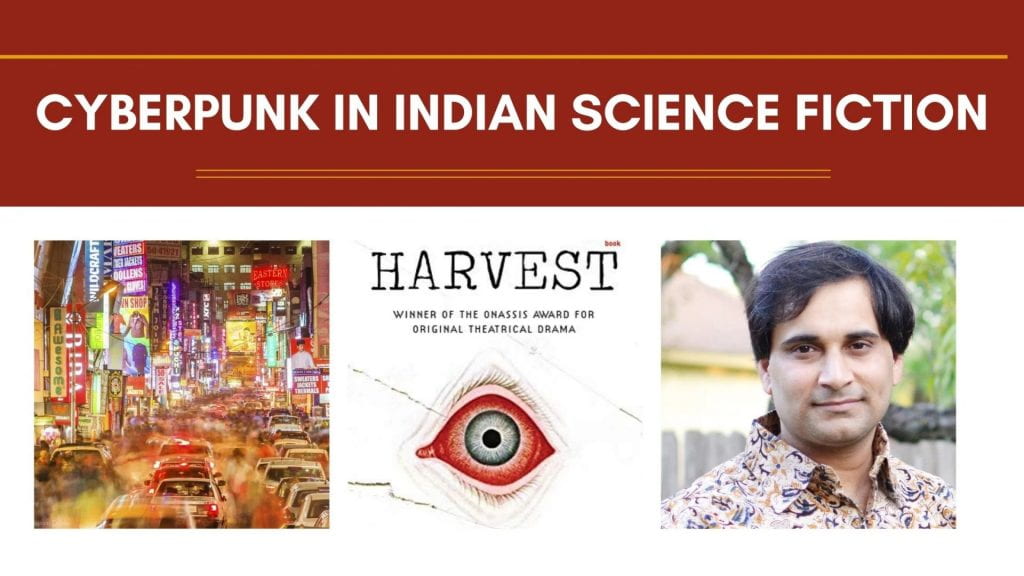Cyberpunk is a type of science fiction that comments on technology, information networks, and countercultures that challenge power. The technology industry continues to grow in India and influence Indian culture.
Some who study Indian fiction think cyberpunk can reflect India’s tech-inspired transformations. Others are skeptical about drawing the connection because cyberpunk is a Western genre. A new book chapter by Dr. Suparno Banerjee (associate professor of English) answers how these trends in science fiction and Indian culture play out in Indian literature, plays, and film.
In a chapter in The Routledge Companion to Cyberpunk Culture, Banerjee interprets Indian literature, plays, and film to answer whether cyberpunk represents, extends, or objectifies Indian culture. He shows that “cyberpunk as a narrative mode undergoes drastic transformation in the Indian cultural milieu.” Banerjee describes how Indian influences revise one of the basic premises of cyberpunk literature–namely that underground groups can exploit technology and challenge the corporate powers behind it.
For example, Banerjee shows how in Indian cyberpunk, cyborgs are not symbols of resistance. They are symbols of Western control. In the futuristic play Harvest by Manjula Padmanabhan, wealthy North Americans pay a multinational company to buy body parts from the poor in India and replace them with machine parts, thereby making them cyborgs. In cyberpunk, cyborgs are usually a symbol of escaping binaries and destabilizing traditional order. However, in this play, cyborgs show how Western culture commodifies Indian culture. In the play, “the more privileged west benefits …in a lopsided manner, with the population of the developing world providing them with the raw materials for achieving such liberties.” Although the characters receive a cyborg body, there isn’t complete agency for the poor.
Banerjee also argues that, unlike Western cyberpunk, Indian cyberpunk includes more references to Indian mythology and geography. For example, Banerjee describes how the stories in Anil Menon and Vandana Singh’s Breaking the Bow include both cyberpunk elements and associations with the Hindu epic Ramayana.
Overall, Indian culture helps extend and enrich science fiction and cyberpunk genres.

